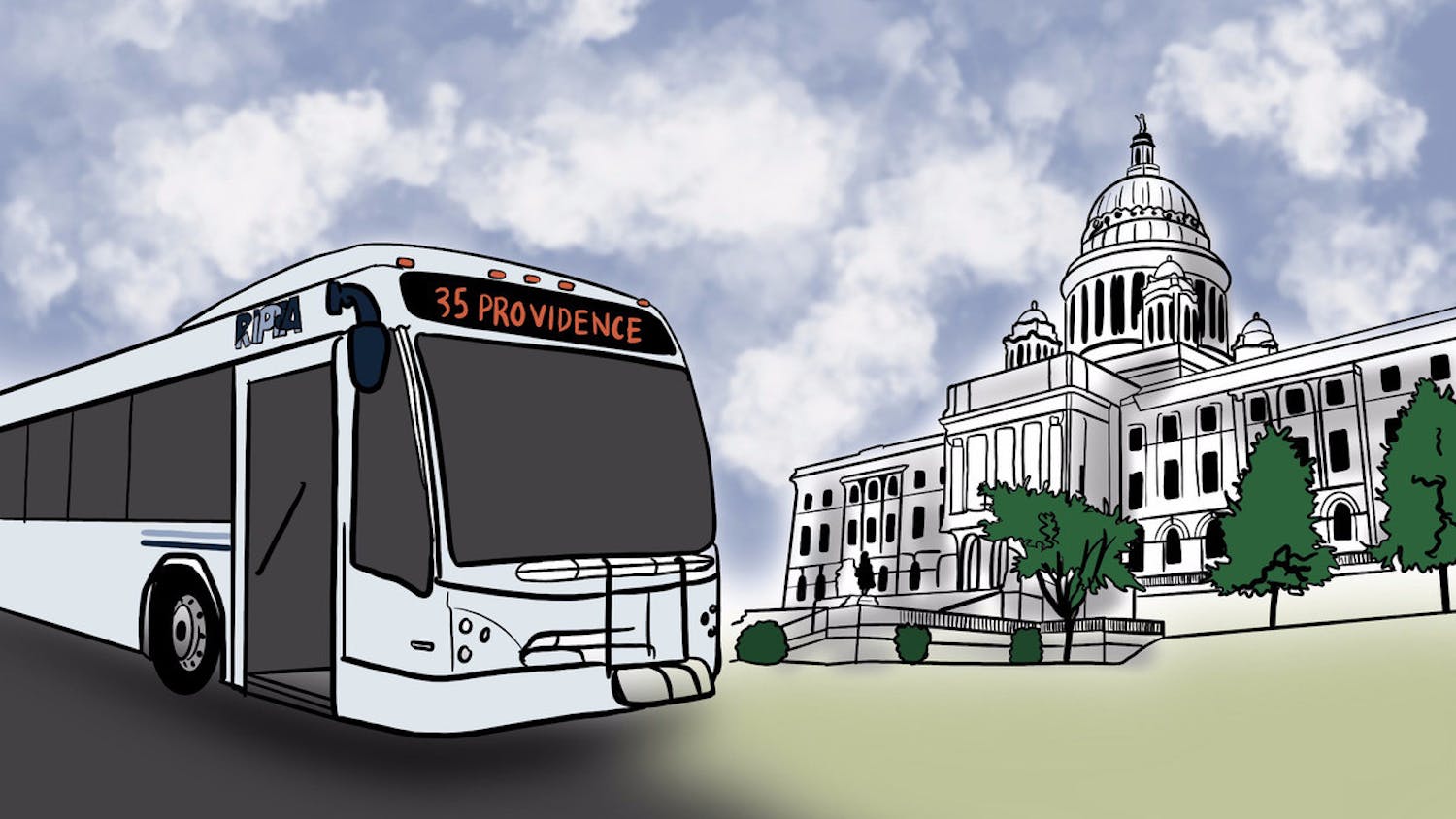Providence policies aimed at reducing childhood lead exposure have contributed to a 25 percent decline in the number of cases reported in 2013.
There were only 402 exposure cases in Providence during 2013 as compared to 503 cases in 2012, according to a press release from the Rhode Island Department of Health.
Though Congress cut the Centers for Disease Control’s Healthy Homes and Childhood Lead Poisoning Prevention Program by 94 percent in 2012 — reducing its budget from $29 million to $2.5 million — the fiscal year 2014 budget includes $15 million for lead poisoning prevention programs across the nation, according to a press release from Lead Safe Kids, a Rhode Island nonprofit organization focused on community outreach.
The General Assembly also increased funding for Rhode Island’s lead poisoning prevention programs to account for the decrease in federal funding, said Roberta Hazen Aaronson, executive director of Lead Safe Kids.
Lead poisoning has detrimental effects on childhood development, such as shorter attention spans and some learning disabilities, according to the CDC.
Providence has been one of the first cities in Rhode Island to craft policies that have successfully contributed to a significant drop in children exposed to lead. One policy that has been instrumental in these efforts requires rental properties built before 1978 to obtain a lead safety certificate, Hazen Aaronson said.
Other key actions included requiring contractors to be educated and licensed about lead poisoning before receiving building permits and holding landlords accountable for not disclosing lead hazards in rental homes to potential tenants, wrote Robert Vanderslice, a member of the RIDOH’s Healthy Homes and Environment Team, in an email to The Herald.
There were over 1,000 new cases of childhood lead poisoning in Rhode Island in 2013, Vanderslice wrote. Though Rhode Island cities and towns have experienced a dramatic decline in incidence over the last 10 years, cases of lead poisoning remain concentrated in the core cities. This is partly because around 80 percent of Rhode Island homes were built before 1978 and likely contain lead-based paint — the most common source of lead exposure to children in Rhode Island, according to RIDOH’s website.
Another major source of lead poisoning comes from contaminated drinking water that originates from a prevalence of old pipes in Rhode Island homes, Vanderslice wrote.
Various state agencies are responsible for regulating the different public threats posed by lead poisoning. The Rhode Island Department of Environmental Management measures concentrations of lead in the air, while RIDOH oversees water quality and the Healthy Homes program, wrote Doug McVay, chief of RIDEM’s Air Resources Division, in an email to The Herald.
The Office of Healthy Housing works with local organizations and property owners to help make homes lead-safe for occupants, said Simon Kue, former housing commission coordinator for the Rhode Island Division of Planning. The office provides funding to assist eligible homeowners in renovation efforts aimed at ensuring homes are lead safe for children under 6 years old.
Many low-income families are disproportionately affected by lead paint exposure due to often-inferior housing conditions, Hazen Aaronson said, adding that “lead poisoning is not an equal-opportunity disease.”

ADVERTISEMENT




